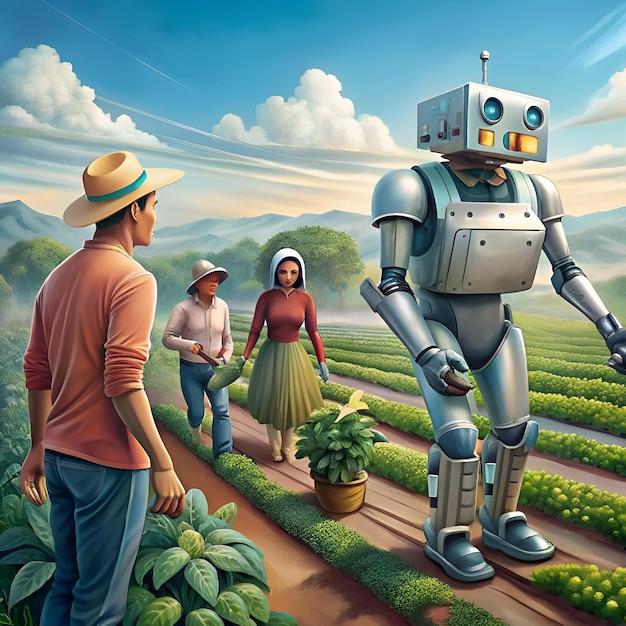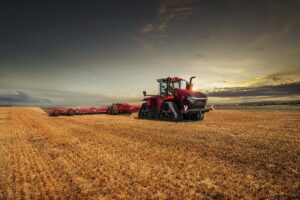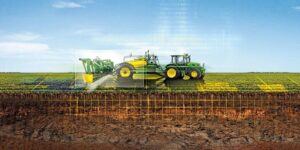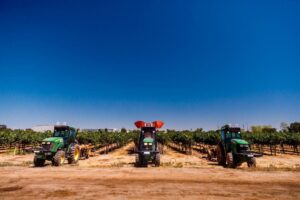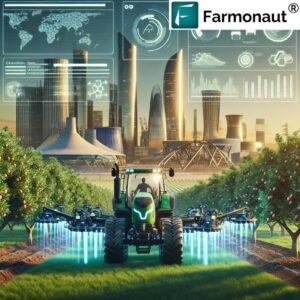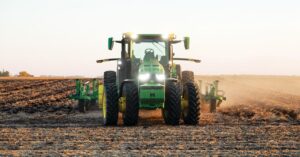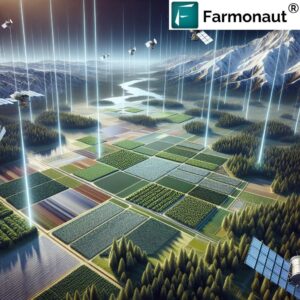The integration of robotic technology into agriculture marks a pivotal transformation in modern farming practices. From autonomous tractors to precision weeding robots, these mechanical farmhands are redefining how crops are planted, monitored, and harvested. As global food demand rises and agricultural labor becomes scarcer, farmers increasingly turn to sophisticated robotic solutions that combine artificial intelligence, sensor technology, and automated systems to optimize field operations and enhance productivity. The evolution of farming practices has taken a revolutionary turn with the integration of robotic technology across agricultural operations. These sophisticated machines are transforming traditional farming methods, offering unprecedented precision, efficiency, and sustainability in food production.
Autonomous tractors navigate fields with centimeter-level accuracy, utilizing GPS guidance systems and advanced sensors to plant seeds, apply fertilizers, and harvest crops. These self-driving vehicles operate around the clock, significantly reducing labor costs while maximizing productivity. Their ability to work in various weather conditions and challenging terrains makes them invaluable assets for modern farmers.
Drone technology has emerged as a crucial component in precision agriculture. These aerial robots equipped with multispectral cameras and sensors provide detailed crop health analysis, identifying areas requiring attention before issues become visible to the human eye. Farmers receive real-time data about soil moisture levels, pest infestations, and nutrient deficiencies, enabling targeted interventions that optimize resource usage.
Robotic harvesters have particularly impacted fruit and vegetable production. These machines use computer vision and artificial intelligence to identify ripe produce, determining optimal picking times and handling delicate crops with precision. This technology addresses labor shortages while maintaining consistent quality standards throughout the harvest season.
Specialized robots now handle tasks like weeding, significantly reducing the need for chemical herbicides. These machines distinguish between crops and unwanted plants, using mechanical or electrical methods to eliminate weeds while leaving valuable crops untouched. This approach promotes environmental sustainability and helps meet growing consumer demand for organic produce.
Indoor farming has witnessed the rise of robotic systems managing vertical farms and greenhouses. These automated environments control temperature, humidity, and lighting while robots handle planting, monitoring, and harvesting operations. Such systems optimize space utilization and enable year-round production regardless of external weather conditions.
The implementation of artificial intelligence enhances these robotic systems’ capabilities through continuous learning and adaptation. Machine learning algorithms process vast amounts of agricultural data, helping robots make increasingly accurate decisions about crop management and resource allocation.
Livestock farming has also embraced robotics, with automated systems handling feeding, milking, and monitoring animal health. These robots track individual animals’ behavior patterns and vital signs, alerting farmers to potential health issues before they become serious problems.
The integration of robotics in agriculture extends beyond individual machines to create interconnected farming ecosystems. These systems share data and coordinate activities, optimizing overall farm operations. This network approach enables precise resource management and improved crop yields while reducing environmental impact.
Despite initial investment costs, agricultural robots are proving their worth through increased productivity, reduced labor expenses, and improved sustainability. As technology continues to advance, these machines will become increasingly sophisticated, further revolutionizing how we produce food for a growing global population.

